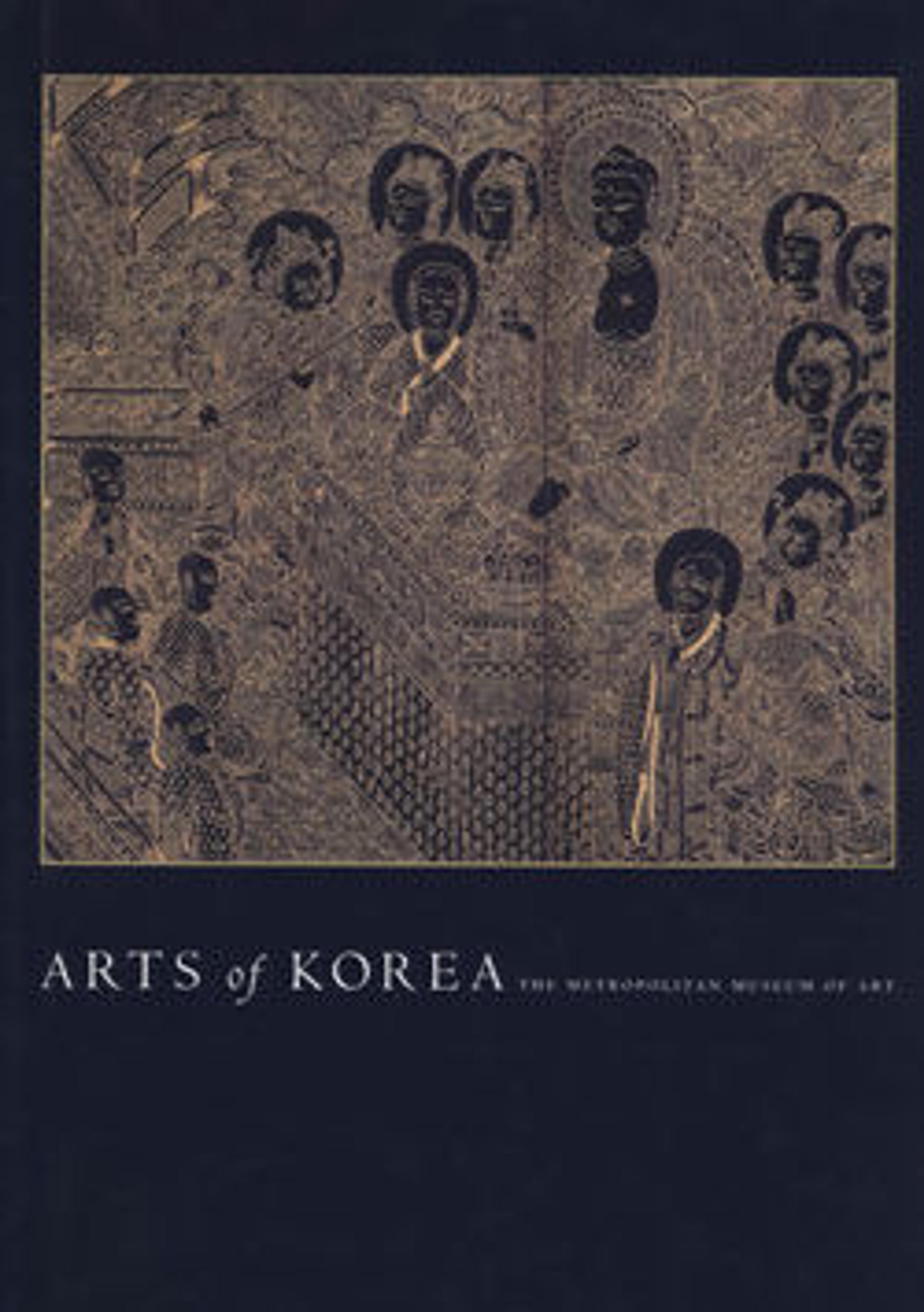Crows in Old Trees
This painting, by the southern artist Luo Zhichuan, demonstrates the renewed interest in the brush idioms of the Northern Song artists Li Cheng (919–967) and Guo Xi (ca. 1000–ca. 1090) that grew after the Mongol conquest forcefully reunified north and south China in 1279. Luo’s painting may be read as a bleak commentary on life under the Mongols, for the image of a wintry grove of trees has long been understood as a metaphor for like-minded men enduring political adversity. Similarly, the two male pheasants on the shore in the foreground symbolize scholars living in reclusion, while the varied pattern (wen) of their plumage is a symbol of literary cultivation (also wen). Luo contrasts their stoic endurance with the agitated movement of dozens of circling crows—a reference to petty opportunists.
Artwork Details
- 元 羅稚川 古木寒鴉圖 軸
- Title: Crows in Old Trees
- Artist: Luo Zhichuan (Chinese, active ca. 1300–30)
- Period: Yuan dynasty (1271–1368)
- Date: early 14th century
- Culture: China
- Medium: Hanging scroll; ink and color on silk
- Dimensions: Image: 52 x 31 5/8 in. (132.1 x 80.3 cm)
Overall with mounting: 9 ft. 6 1/4 in. x 38 3/4 in. (290.2 x 98.4 cm)
Overall with knobs: 9 ft. 6 1/4 in. x 42 1/2 in. (290.2 x 108 cm) - Classification: Paintings
- Credit Line: Ex coll.: C. C. Wang Family, Purchase, Gift of J. Pierpont Morgan, by exchange, 1973
- Object Number: 1973.121.6
- Curatorial Department: Asian Art
More Artwork
Research Resources
The Met provides unparalleled resources for research and welcomes an international community of students and scholars. The Met's Open Access API is where creators and researchers can connect to the The Met collection. Open Access data and public domain images are available for unrestricted commercial and noncommercial use without permission or fee.
To request images under copyright and other restrictions, please use this Image Request form.
Feedback
We continue to research and examine historical and cultural context for objects in The Met collection. If you have comments or questions about this object record, please complete and submit this form. The Museum looks forward to receiving your comments.
